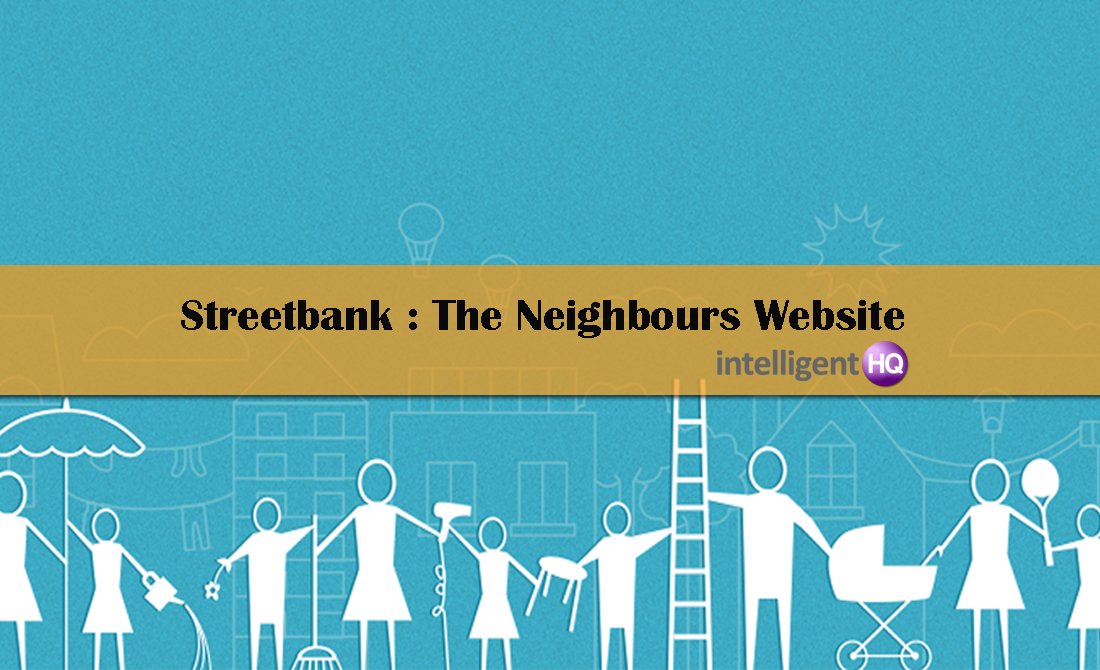
How does your business interact with customers? Do you still use a phone-only helpline? Are you flooded with emails? How many employees are dedicated to answering those calls and emails? If you don’t employ enough staff for the task, you could wind up with some seriously frustrated customers.
That is one of the many reasons why so many businesses are opting to deploy AI chatbots. And fortunately, most java developers are familiar with the creation and implementation of these tools. But why should your company opt to go this route? Let’s examine why an AI chatbot might or might not be a good fit for your business. But why should your company opt to go this route? First, you should understand the benefits of chatbots and then decide if it is a good fit for your business
What is an AI Chatbot?
In simplest terms, a chatbot is a piece of software that is capable of having a conversation with a person, via audio or texts. Chatbots make use of Artificial Intelligence to establish conversations using a natural language that sounds very similar to that used by people. These tools are usually embedded within websites, mobile apps, or can be reached through the phone.
How a chatbot works is simple. A user visits your website, or launches your company’s mobile app, and opens a chat window. This chat window is powered by a chatbot that receives input from the visitor. The chatbot then analyzes the input and returns a response. By analyzing the user’s intent, the chatbot can extract relevant data and form a logical response. The chatbot’s primary function is to provide the most appropriate response to a user request.
The chatbot response can be in the form of:
• Generic or predefined text.
• A response retrieve from a knowledge base.
• A piece of information based on data provided by the user.
• Stored data.
• An action performed by the chatbot, using a backend application.
• A question presented to the user to further clarify or qualify information, so the chatbot can better understand the user’s request.

There are a number of different chatbot applications available for businesses, some of which include:
• Intercom
• Drift
• Ada
• Instabot
• RASA Stack
• BOTPRESS
Most chatbot software can be seamlessly integrated into your existing website. If you don’t find a chatbot that’s suitable for your company, you can always hire a third-party developer to create one specifically for you.
Now that you have a fundamental understanding of what a chatbot does, let’s find out why you may or may not want to employ this technology.
Why You Should Use a Chatbot
If your company is looking at ways to free up staff, a chatbot can be a great option. Instead of having employees connected to a phone (or manning an inbox) all day for help requests, a chatbot can do it. And on those occasions when a chatbot is incapable of assisting a customer, it can then route the discussion to an actual human being. The freeing of staff can be a serious benefit to efficiency and bottom line, as there’s no need to staff a phone bank for answering customer calls.
Chatbots also streamline your workflow, as AI is much faster at answering basic questions. This enhances your customer’s experience and expedites such requests. And because chatbots have improved at such a fast rate, they have been able to reach an almost human-like natural conversation such that customers have a hard time discerning if they are chatting with a bot or a human.
Case in point, there is an annual competition in Artificial Intelligence called the Loebner Prize which tries to find the chatbot most capable of passing the Turing test. This is a test of a machine’s ability to exhibit intelligent behavior equivalent to, or indistinguishable from, that of a human. The closest competitor so far has been “Do-Much-More”, a whimsical conversation partner designed to come off as much more human than other chatbots.
Needless to say, the Turing Test has yet to be passed by a chatbot, but they are getting incredibly close. So close, in fact, that your customers will be hard-pressed to know if they are chatting with a human or a piece of software.
But chatbots aren’t only for customers. Businesses also deploy chatbots to assist staff with tasks like booking business travels, meeting scheduling, managing lists, automate the ordering of supplies, paying vendors, and invoicing clients. Even HR departments make use of chatbots to ask employees questions to help define and expand company data.
Companies are also using chatbots for inventive tasks. Some examples include:
• Starbucks employed a chatbot that allows customers to order coffee using voice-activated assistants.
• Overstock.com uses their Mila chatbot, via a company app, to handle employees calling in sick. The chatbot immediately makes the employee’s manager aware of the instance.
• The Nanorep chatbot flags gaps in a knowledge base, to ensure the company has all the necessary information sought by customers.
• Slack uses the Worklife bot to streamline employee workflow.
• Lyft uses a chatbot for ride requests.
• Fandango’s chatbot allows customers to watch movie trailers, find local cinemas, and see what’s trending.
• Facebook Messenger can now make Spotify suggestions if music is brought up in a chat.
• Whole Foods uses a chatbot on Facebook Messenger to make it easy to find recipes.
• Sephora offers makeup tutorials via chatbot.
If your company is looking for ways to offer unique features to customers, a chatbot is a solid option.

Why You Shouldn’t Use a Chatbot
The primary reason you might not want to go the chatbot route is that they can be very complicated to get up and running. Of course, you can always outsource the building of your chatbot, but even that will require you to supply the data used in the chatbot. So even if you’re employing a third-party developer, there will be time required on your end.
It does take considerable effort to deploy a truly effective chatbot. That effort also involves budget. Deploying a chatbot won’t be cheap. If you have the extra budget for it, then you should seriously consider the idea. If money is tight at the moment, a chatbot is probably not in the cards.
Another reason that might prevent you from using a chatbot is that your company hasn’t reached a point where help requests have become so overwhelming or time consuming that automating those interactions is necessary. But that shouldn’t stop you from having this particular technology in your long-term plans.
Finally, chatbots aren’t flawless. They’ve obviously not passed the Turing Test, so customers who are aware of such technology will be onto the fact you’ve put a piece of software between them and what they have sought out. This can lead to a negative experience.
In the end, the decision will come down to need and budget. If you have both, a chatbot might well be the answer to your customer support or experience-enhancing long term plans.
This is an article provided by our partners network. It does not reflect the views or opinions of our editorial team and management.
Contributed content

Founder Dinis Guarda
IntelligentHQ Your New Business Network.
IntelligentHQ is a Business network and an expert source for finance, capital markets and intelligence for thousands of global business professionals, startups, and companies.
We exist at the point of intersection between technology, social media, finance and innovation.
IntelligentHQ leverages innovation and scale of social digital technology, analytics, news, and distribution to create an unparalleled, full digital medium and social business networks spectrum.
IntelligentHQ is working hard, to become a trusted, and indispensable source of business news and analytics, within financial services and its associated supply chains and ecosystems




























